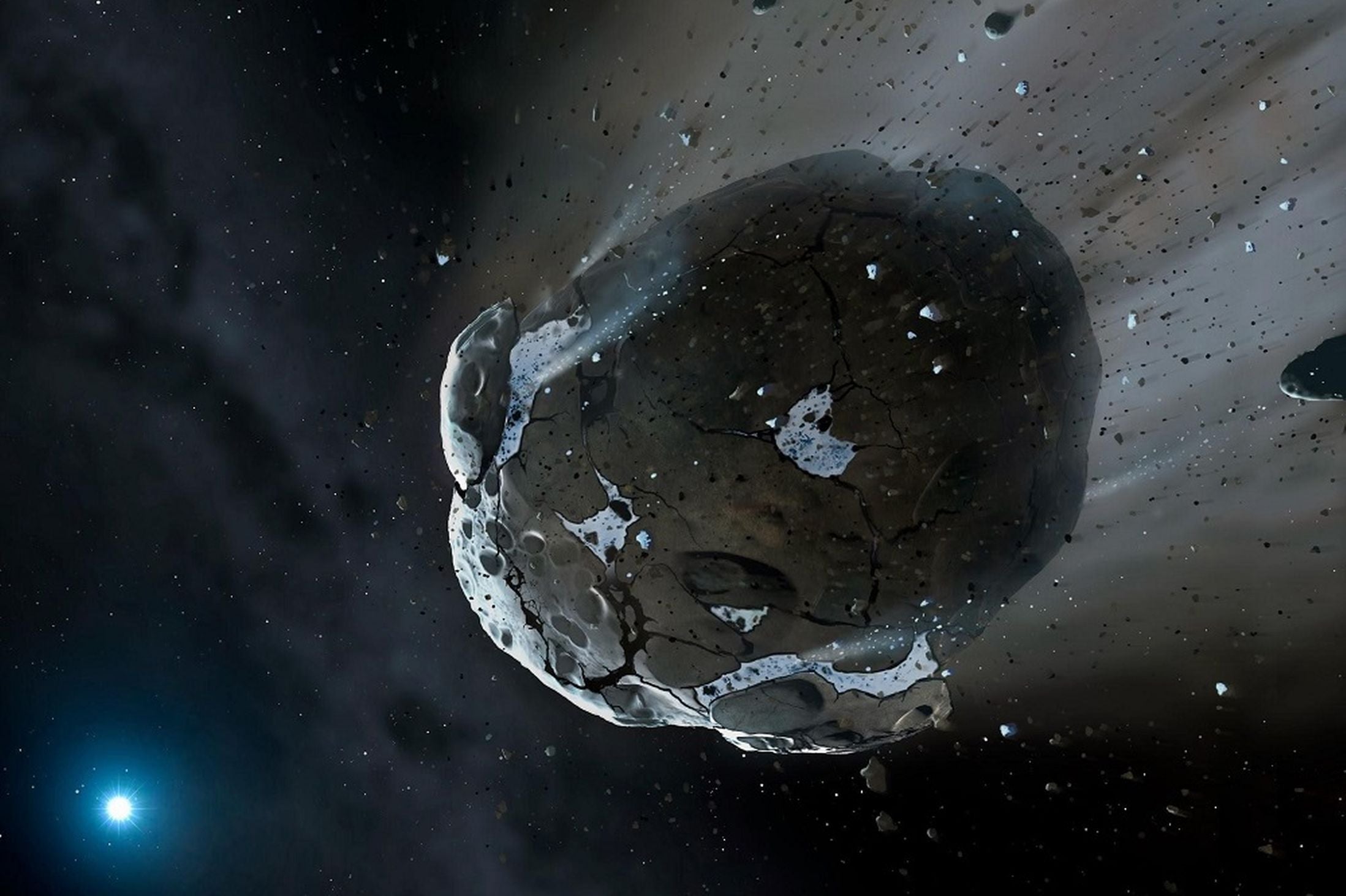Asteroid set to narrowly miss us, will be visible from Earth
Rock will be closest fly-past until 2027, and scientists will watch it as it passes by to try and learn more about space

An asteroid a third of a mile wide is set to narrowly pass by Earth next week.
The rock, code-named 2004 BL86, will pass by at about three times the distance of the moon. Though that is a safe distance, it’s a close encounter for an asteroid.
On January 26, the rock will fly past about 745,000 miles from Earth.
It will be the nearest pass-by of Earth by an asteroid of this size until one codenamed 1999 AN10 flies past on August 7, 2027.
The fly-past next week should be close enough to be spotted by amateur astronomers with small telescopes or strong binoculars.
Dr Don Yeomans, retiring head of the US space agency Nasa's Near-Earth Object Programme office at the jet propulsion laboratory in Pasadena, California, said: "Monday January 26 will be the closest asteroid 2004 BL86 will get to Earth for at least the next 200 years.
"And while it poses no threat to Earth for the foreseeable future, it's a relatively close approach by a relatively large asteroid, so it provides us a unique opportunity to observe and learn more."
As the astronaut flies past, it will be watched by Nasa’s Deep Space Network antennae in California, and the Arecibo Observatory in Puerto Rico. They will harvest data from the asteroid and take pictures of it using radar.
"When we get our radar data back the day after the flyby, we will have the first detailed images,” Lance Banner, who is leading the Goldstone radar observations, said. "At present, we know almost nothing about the asteroid, so there are bound to be surprises."
The asteroid was found on January 30, 2004, by astronomers at the Lincoln Near-Earth Asteroid Research telescope in the US. Nasa watches asteroids and comets using telescopes on the land and in space, and has a programme that looks out for objects that could cause damage to Earth.
Join our commenting forum
Join thought-provoking conversations, follow other Independent readers and see their replies
Comments